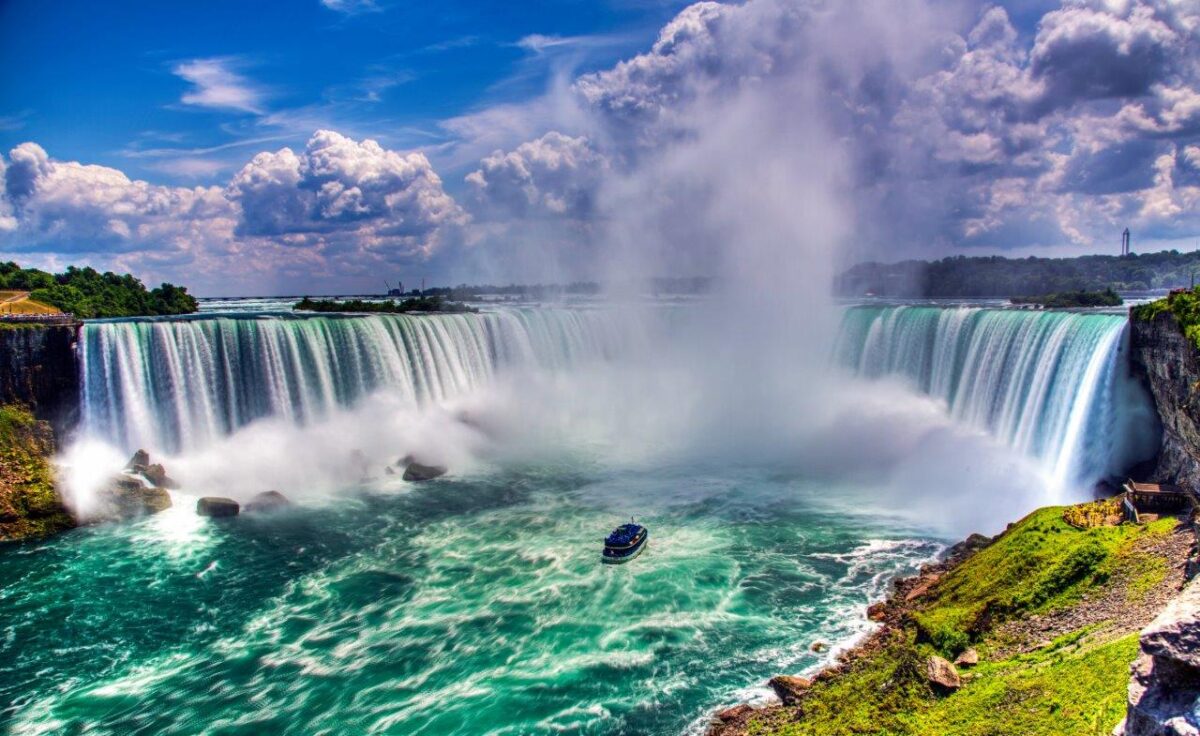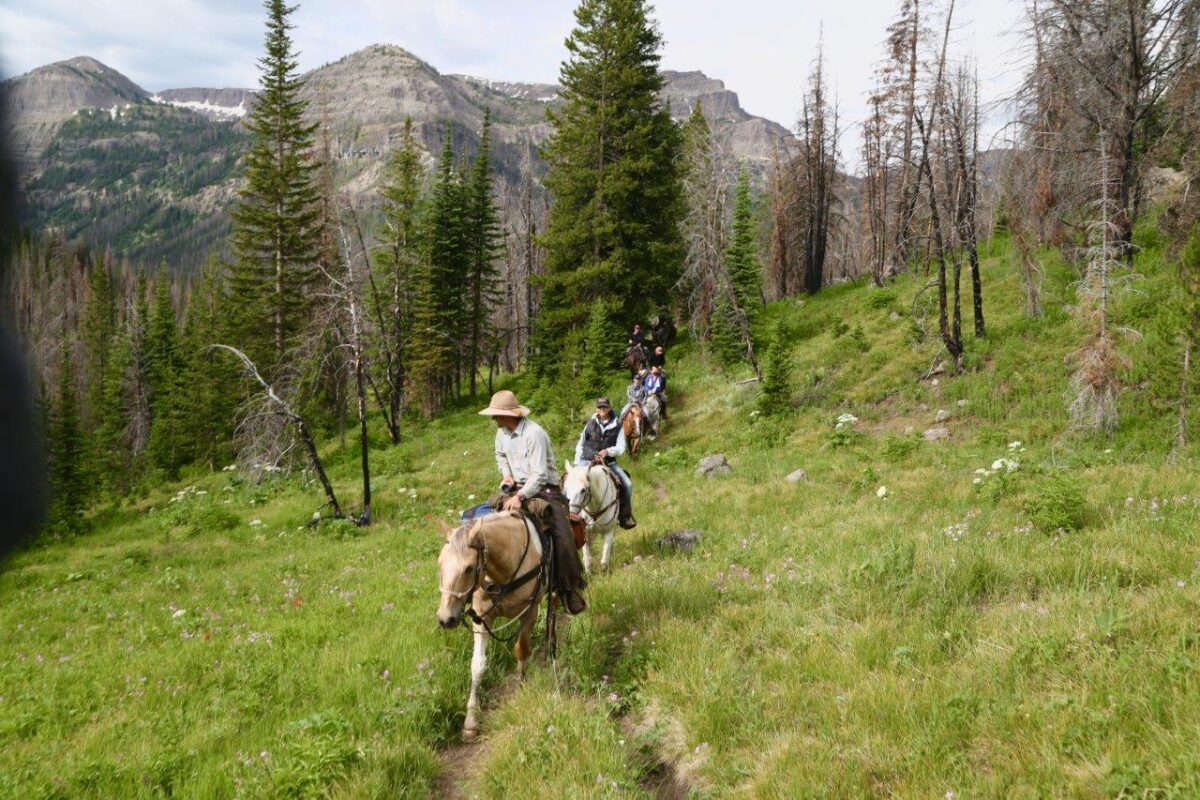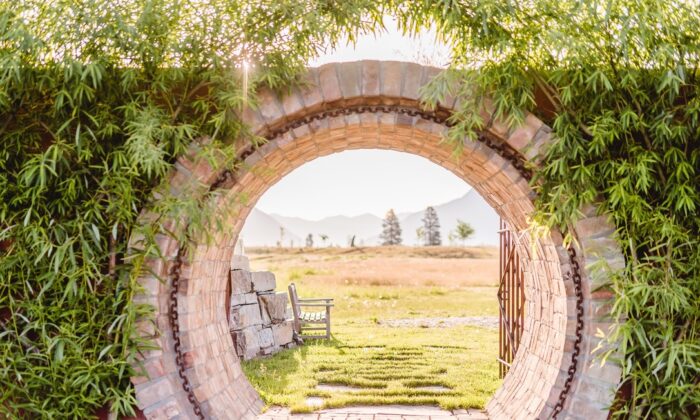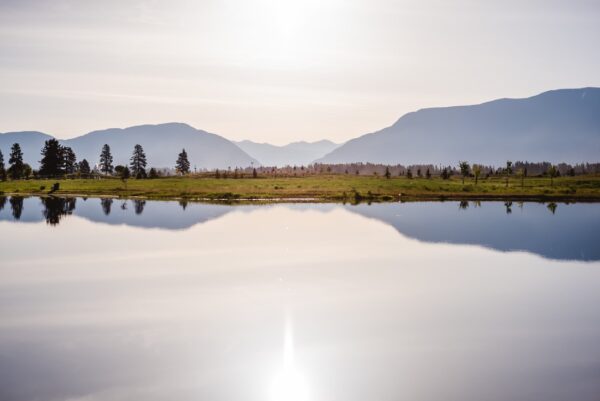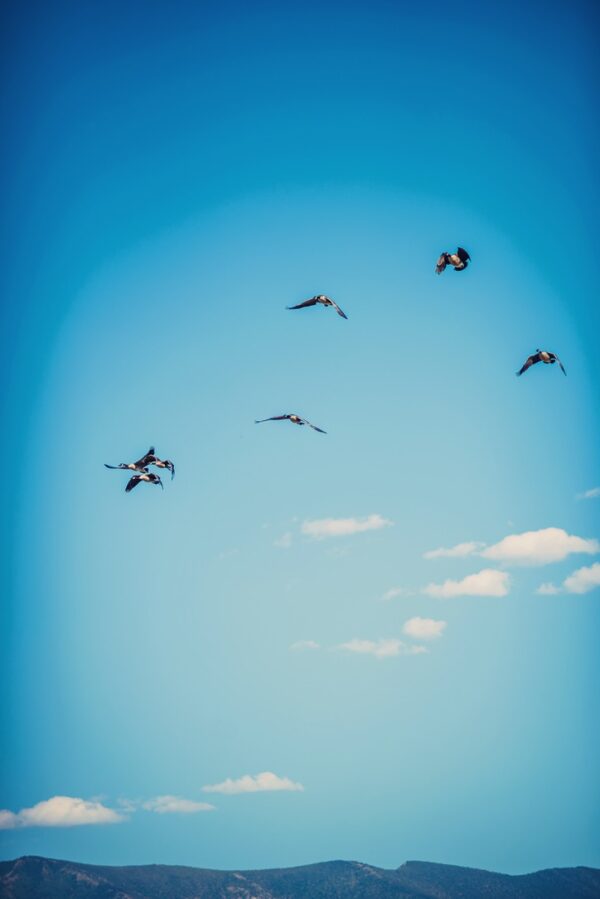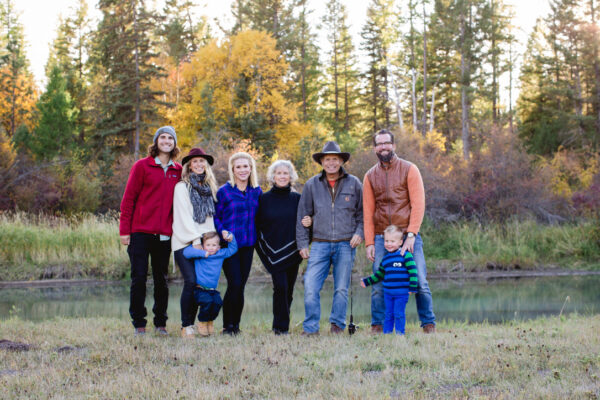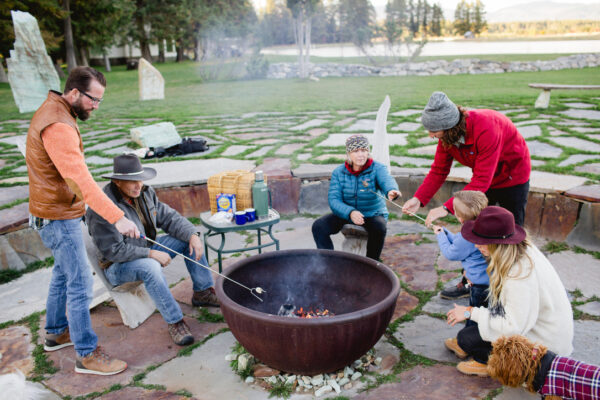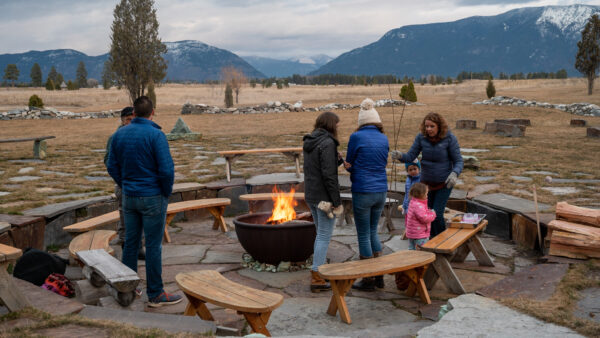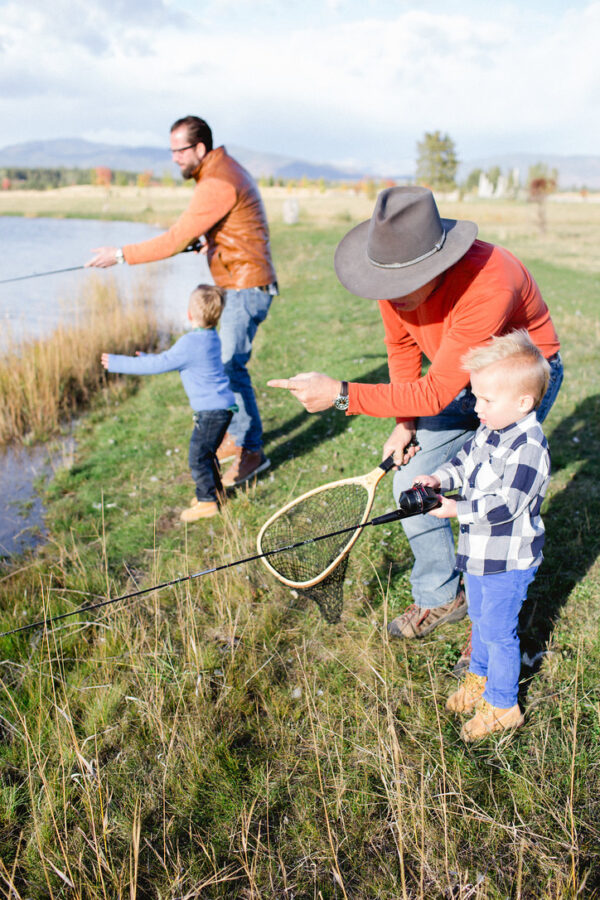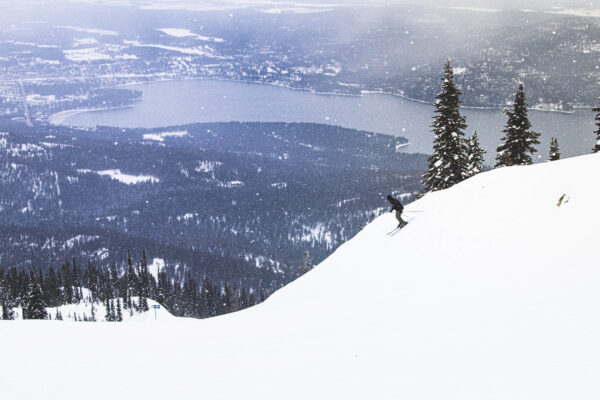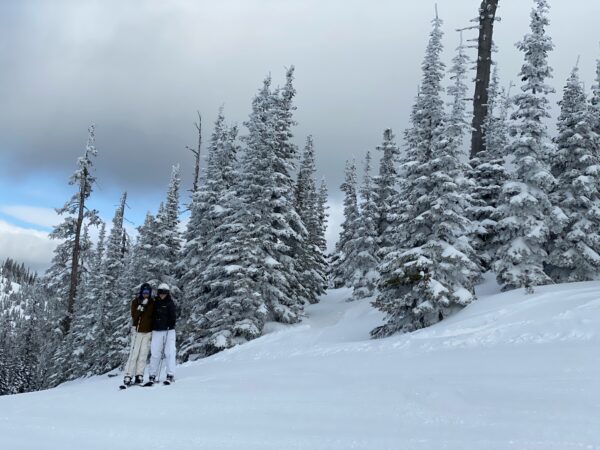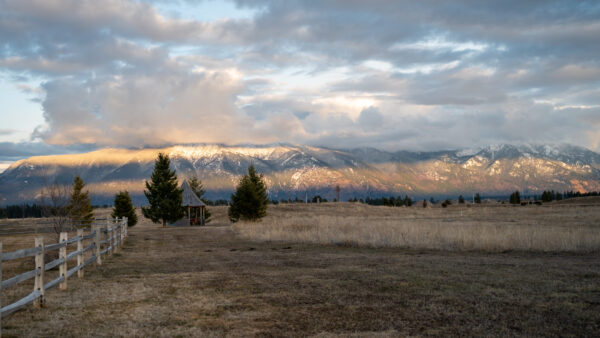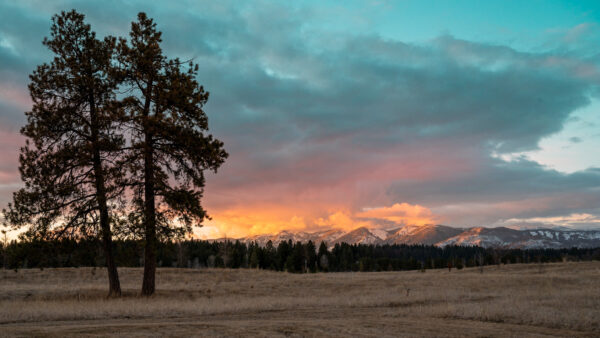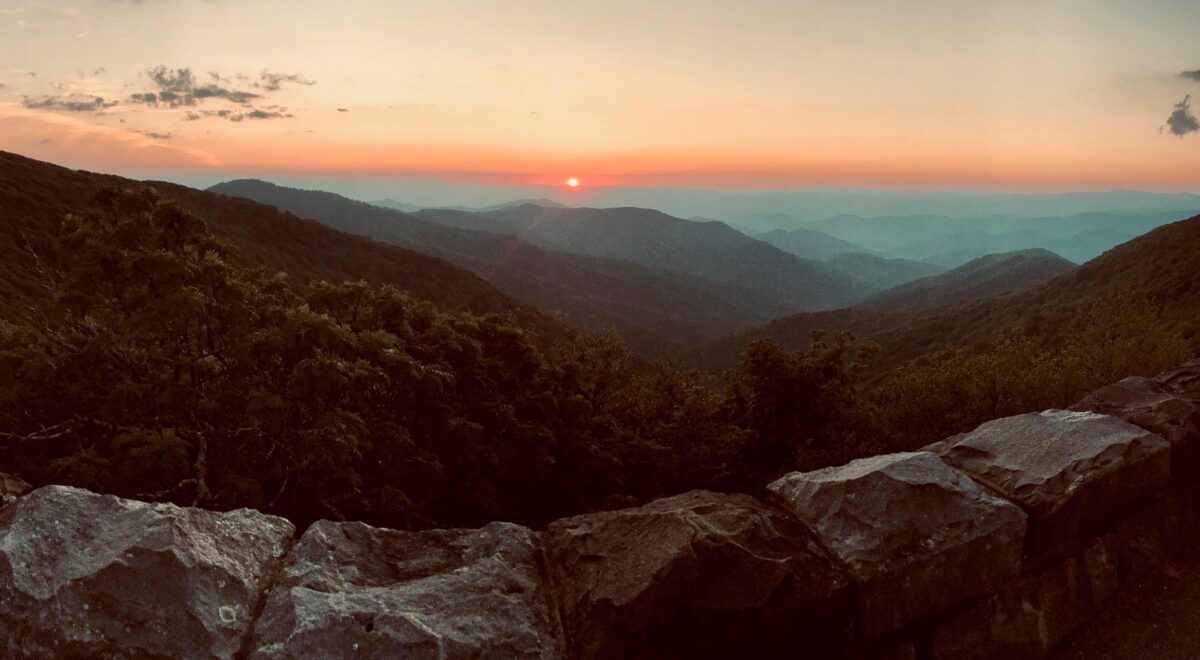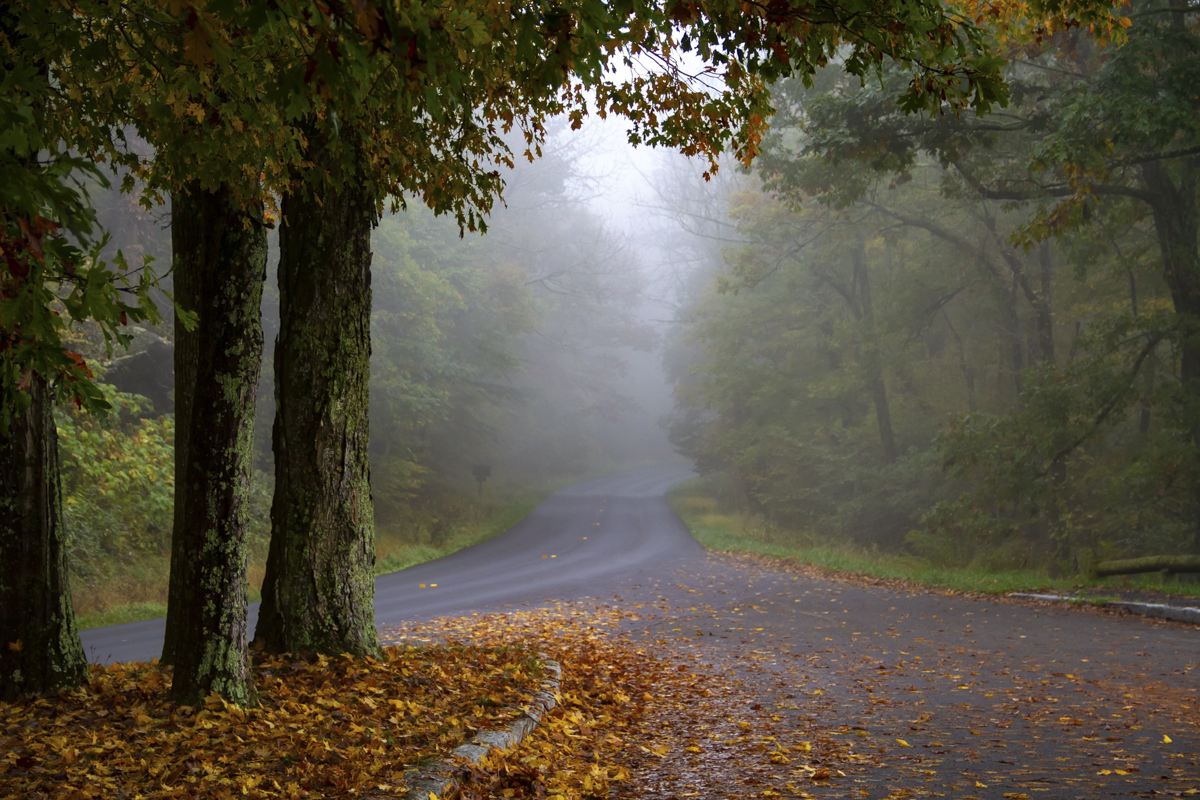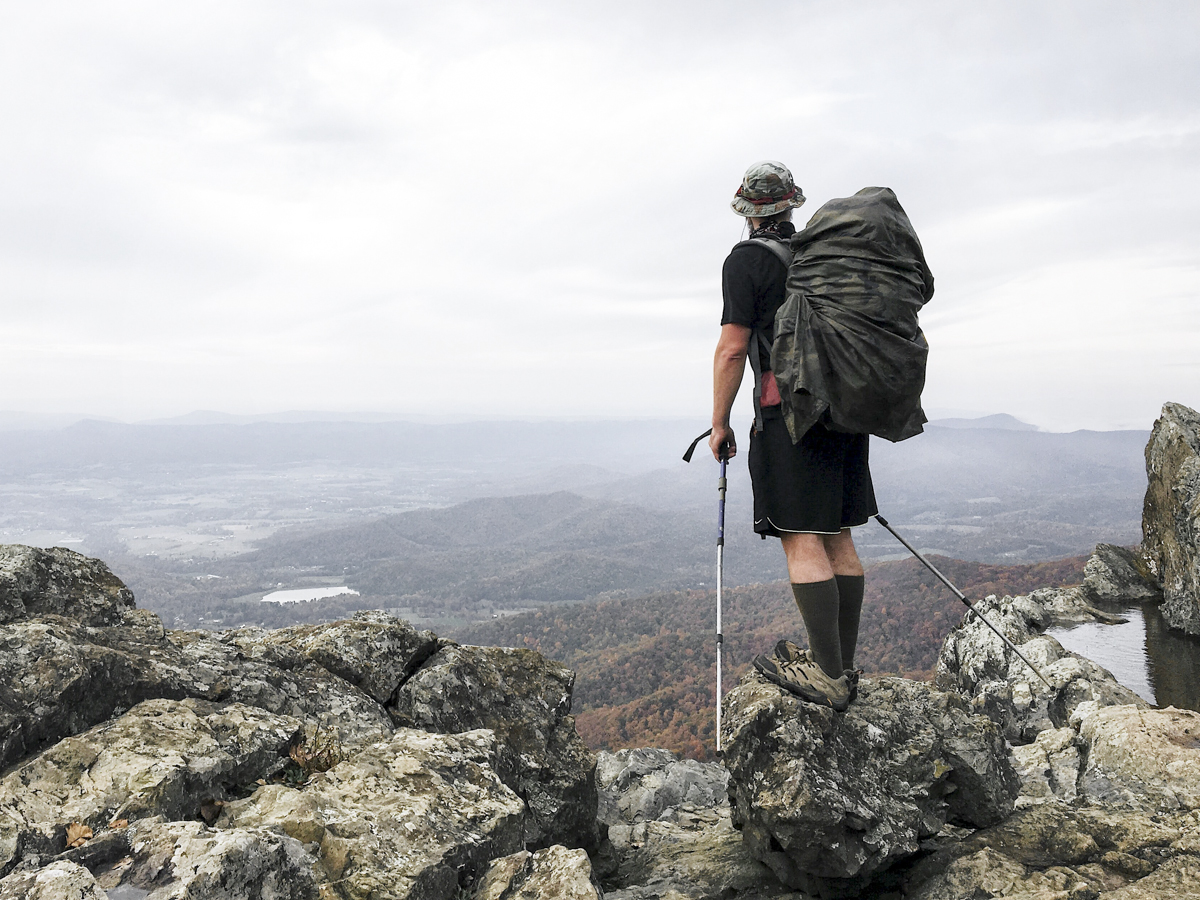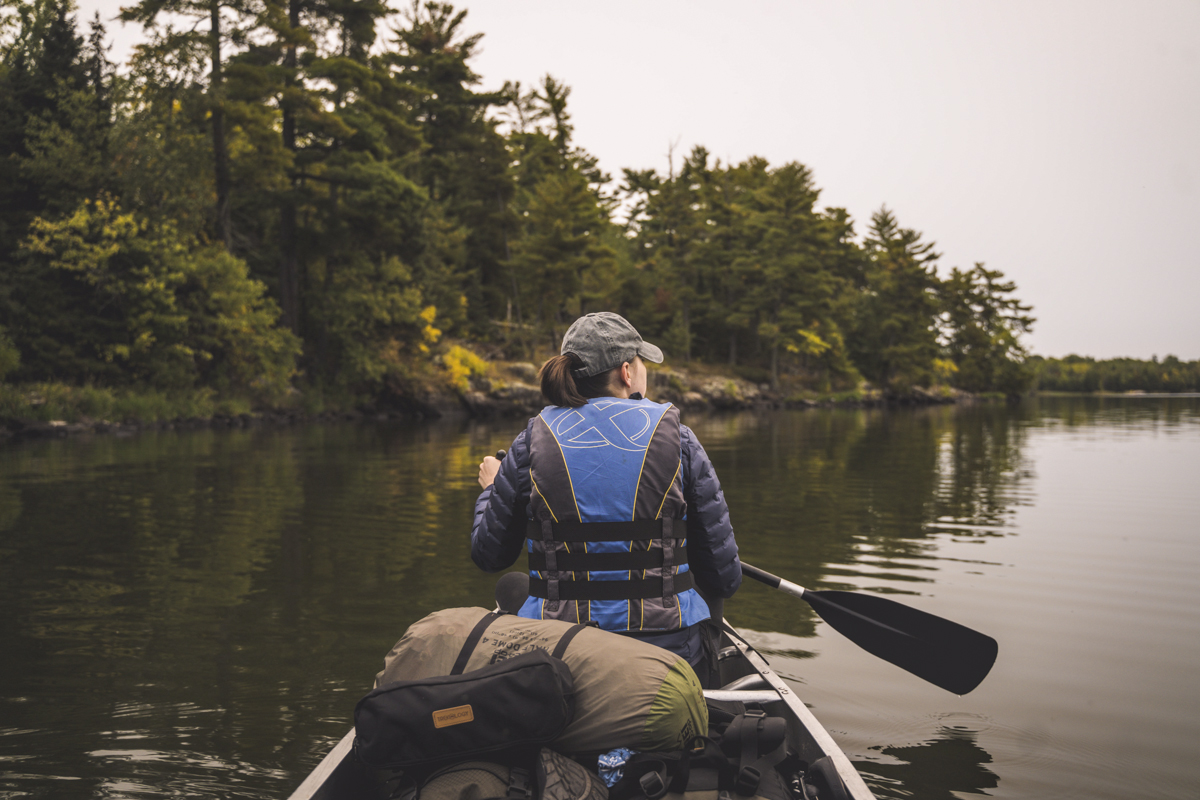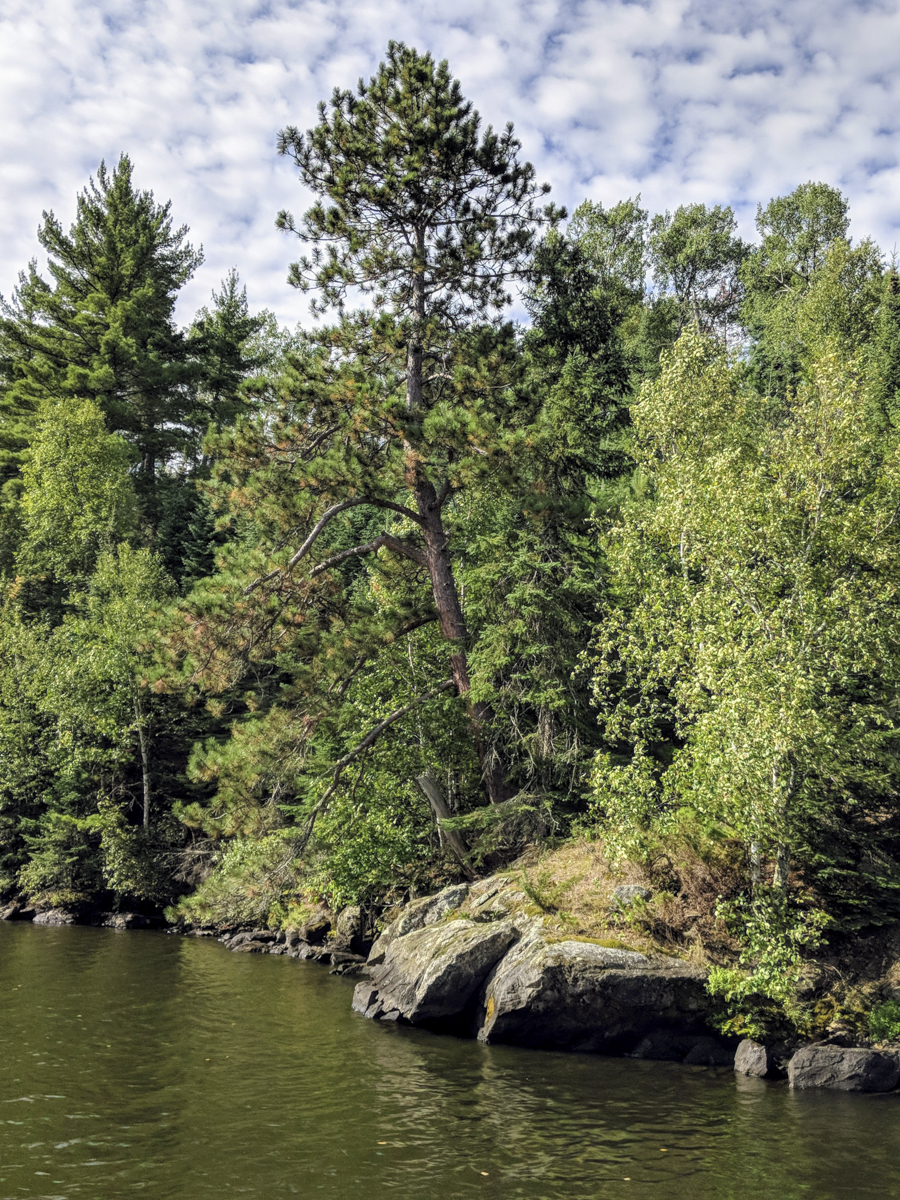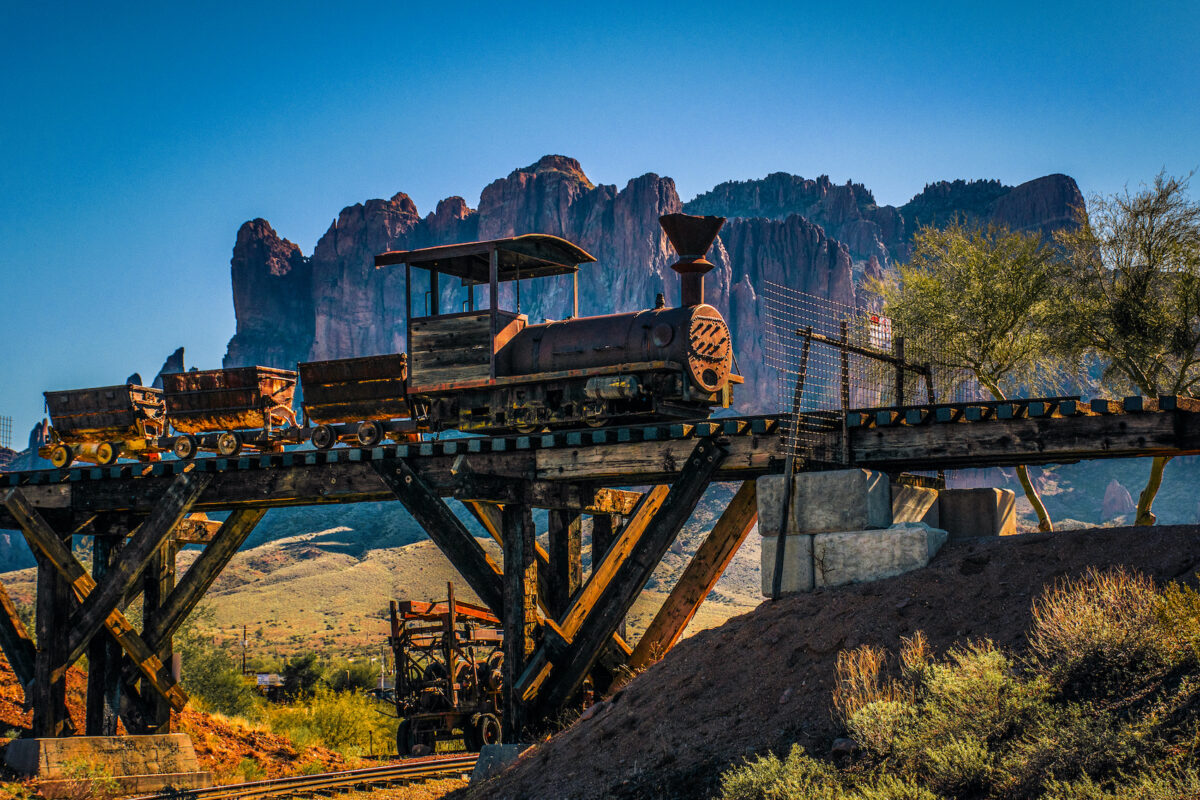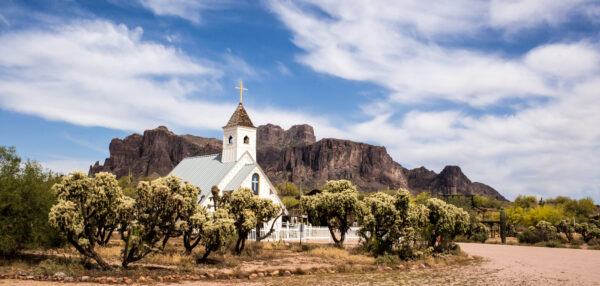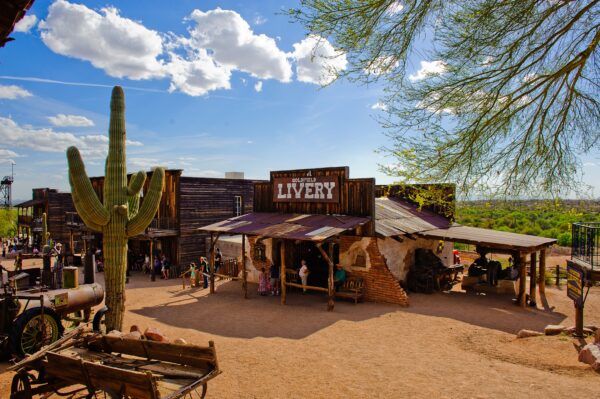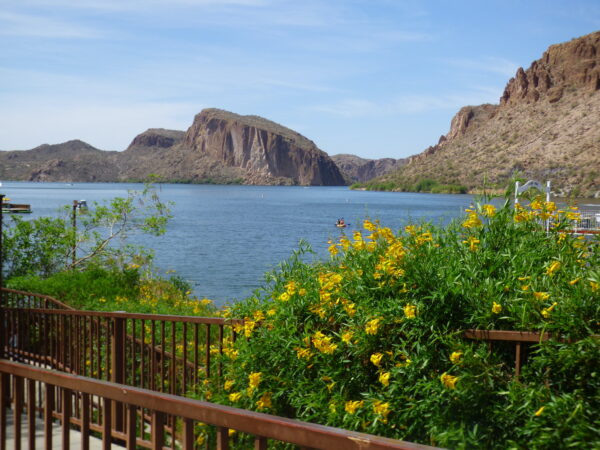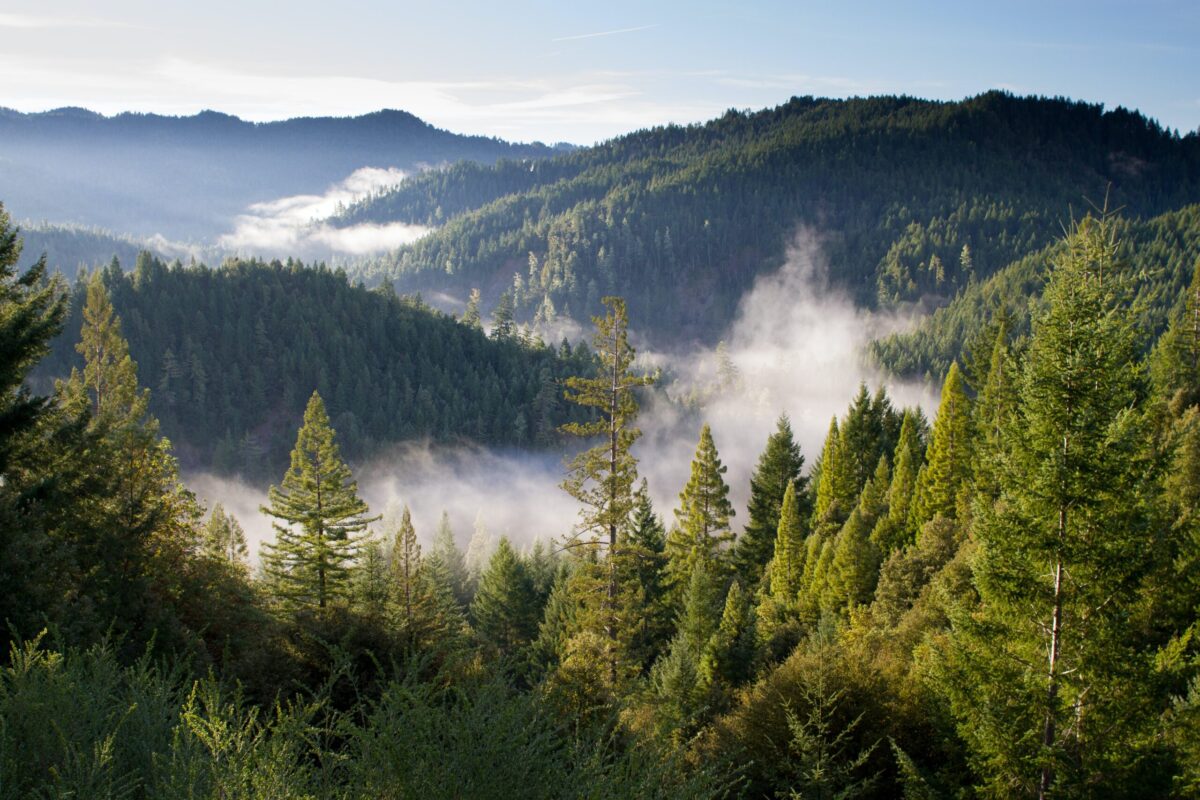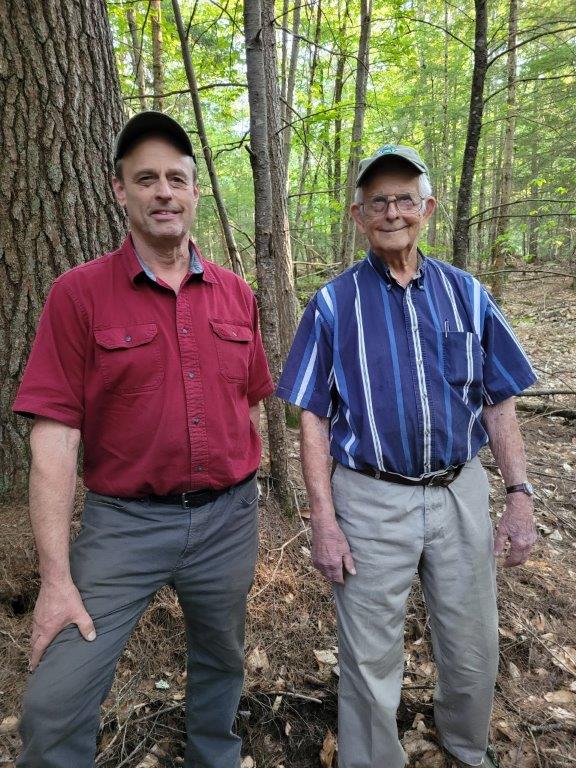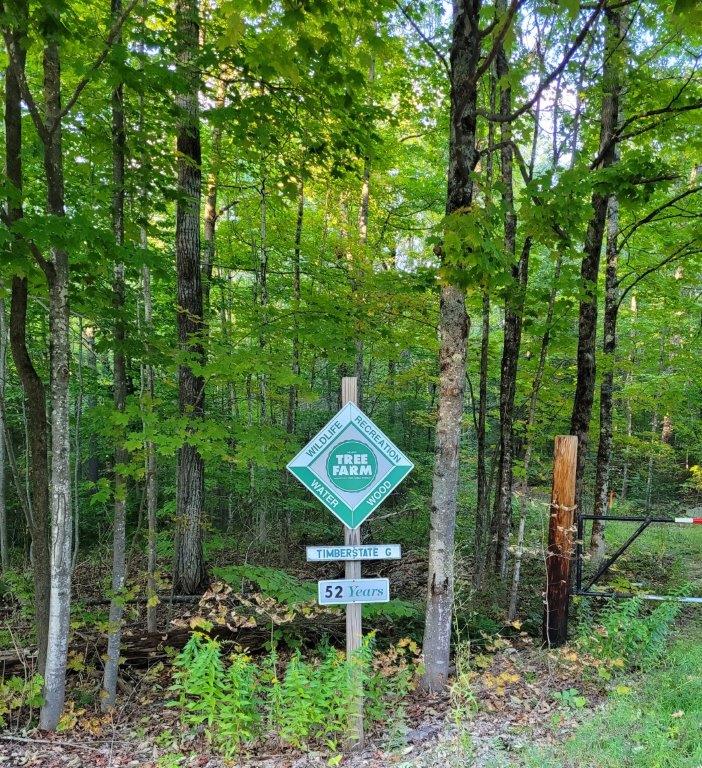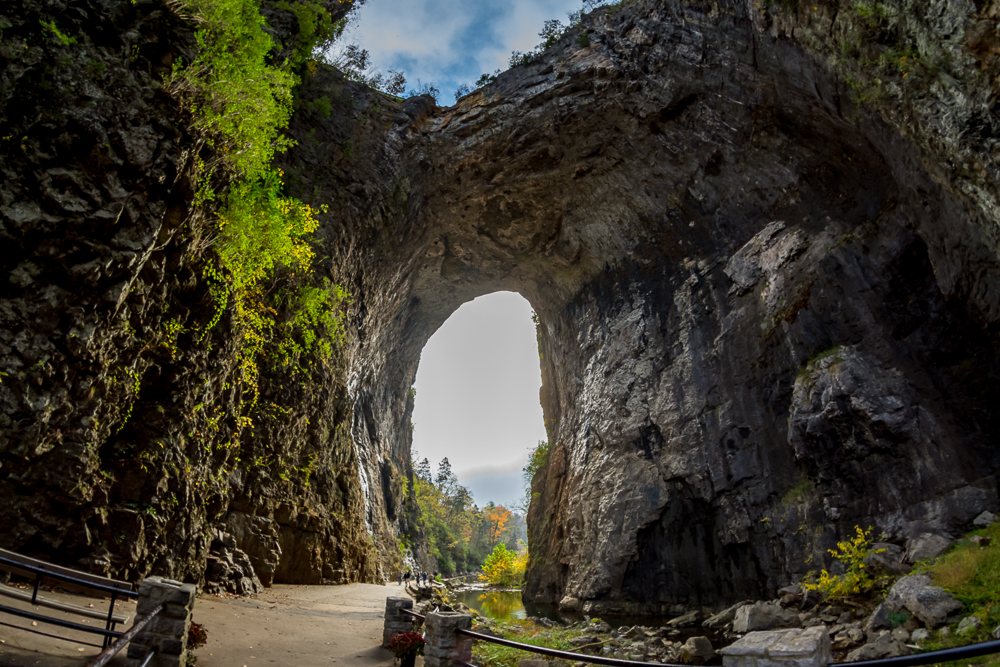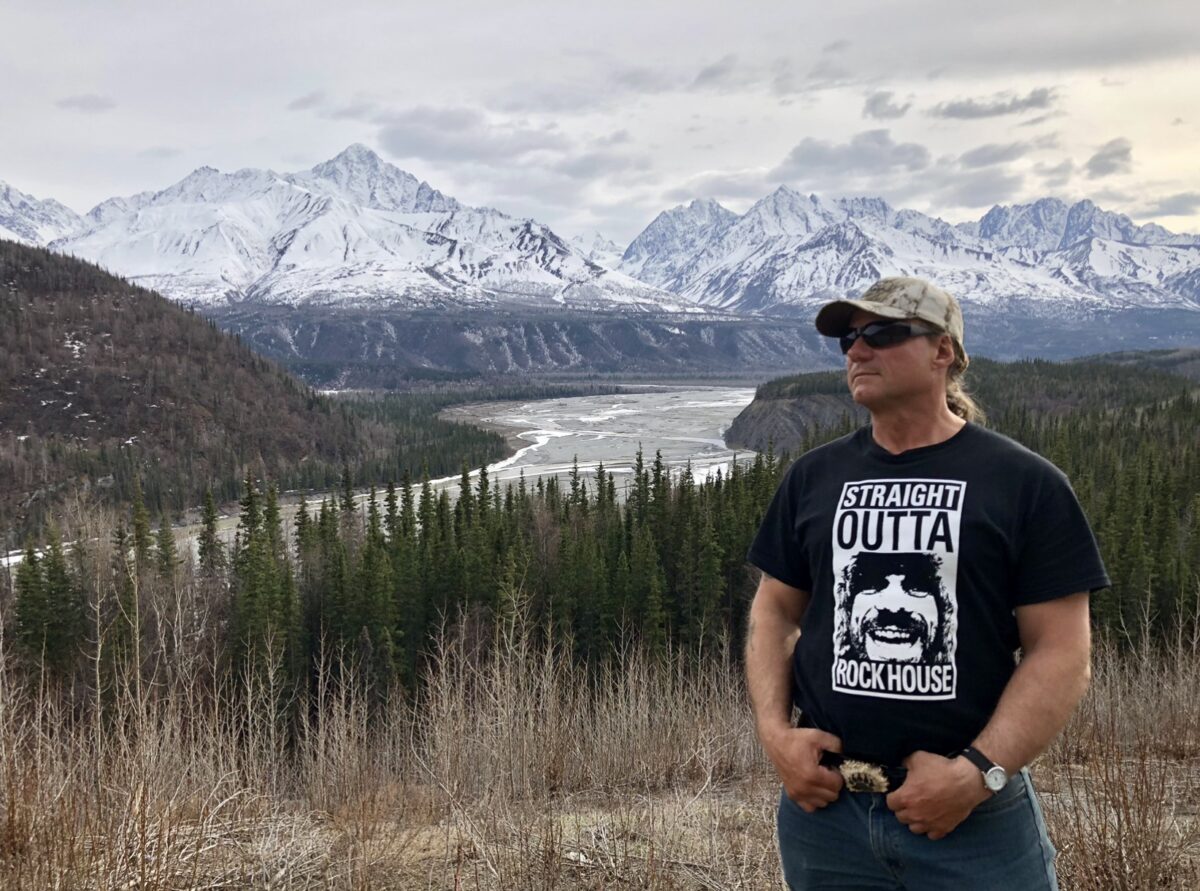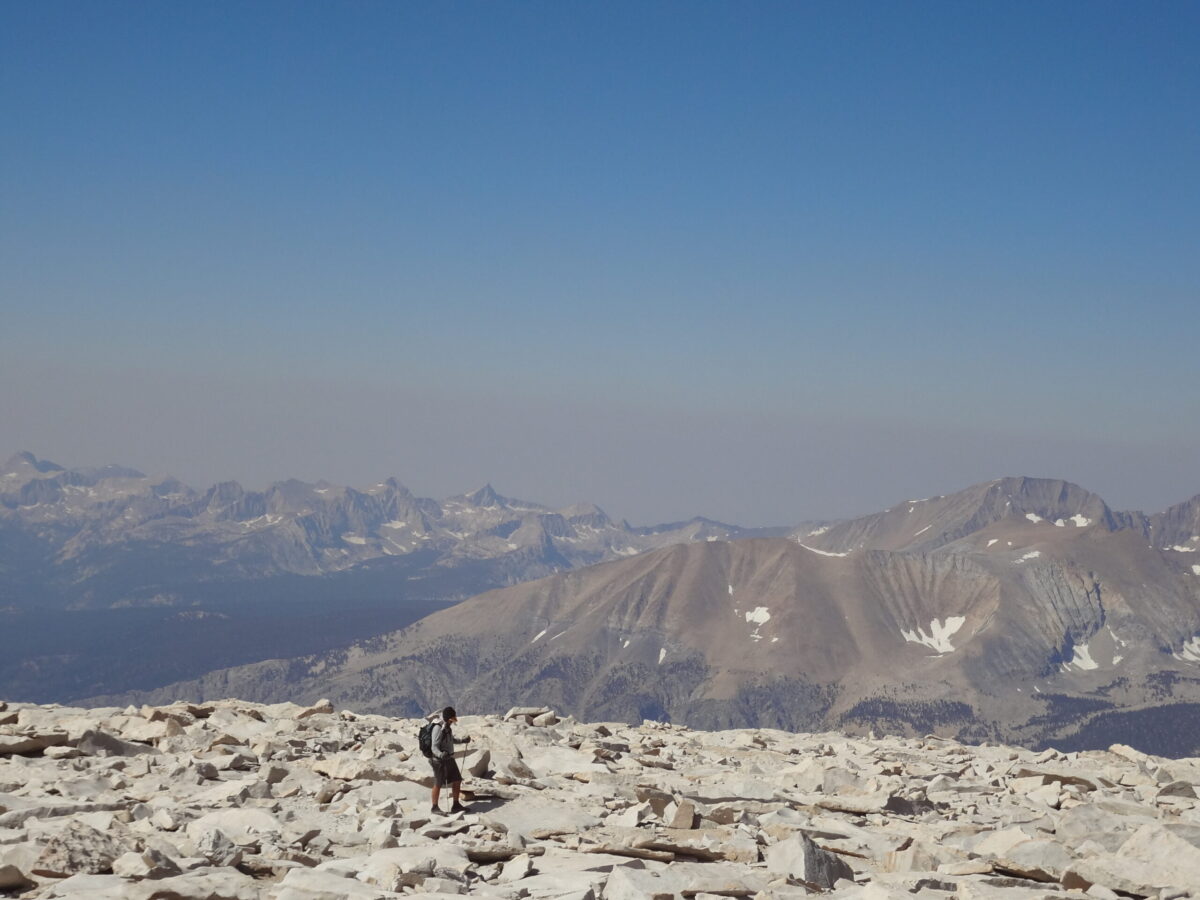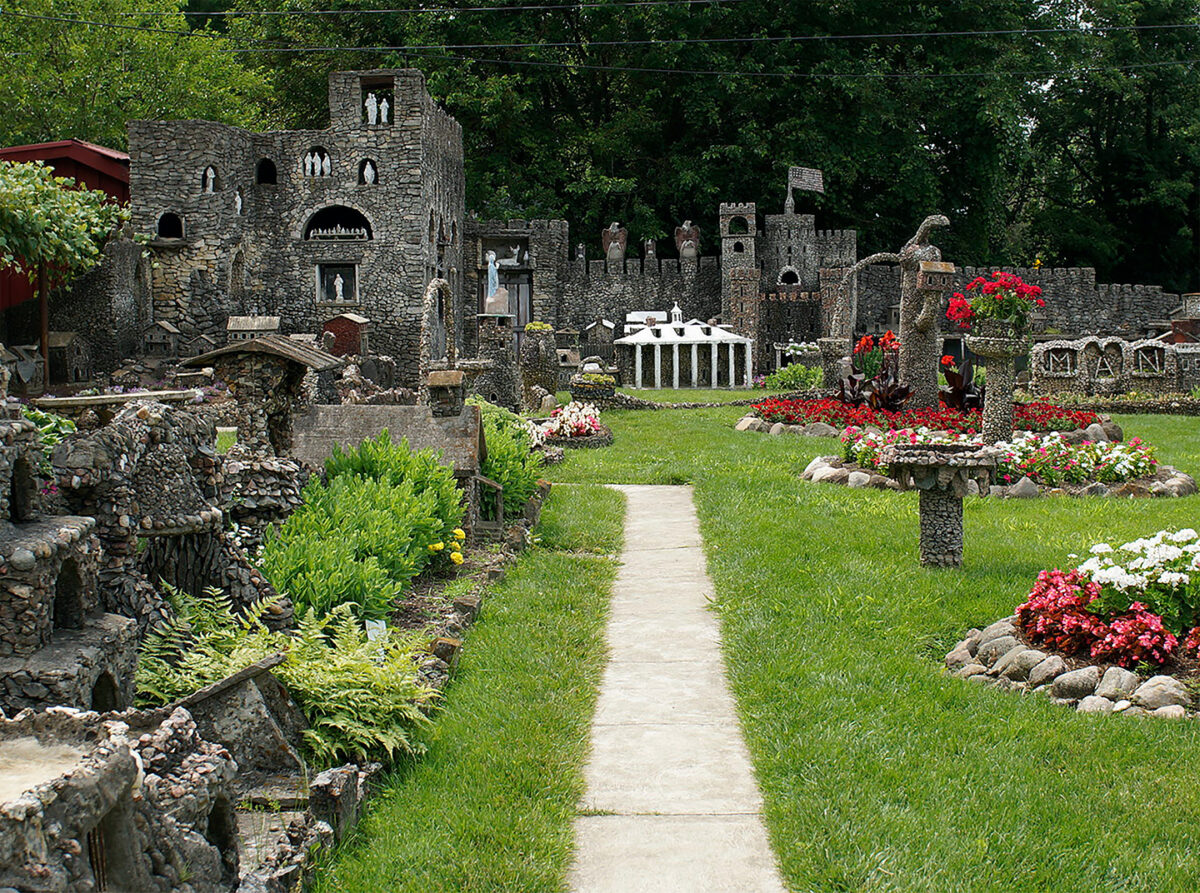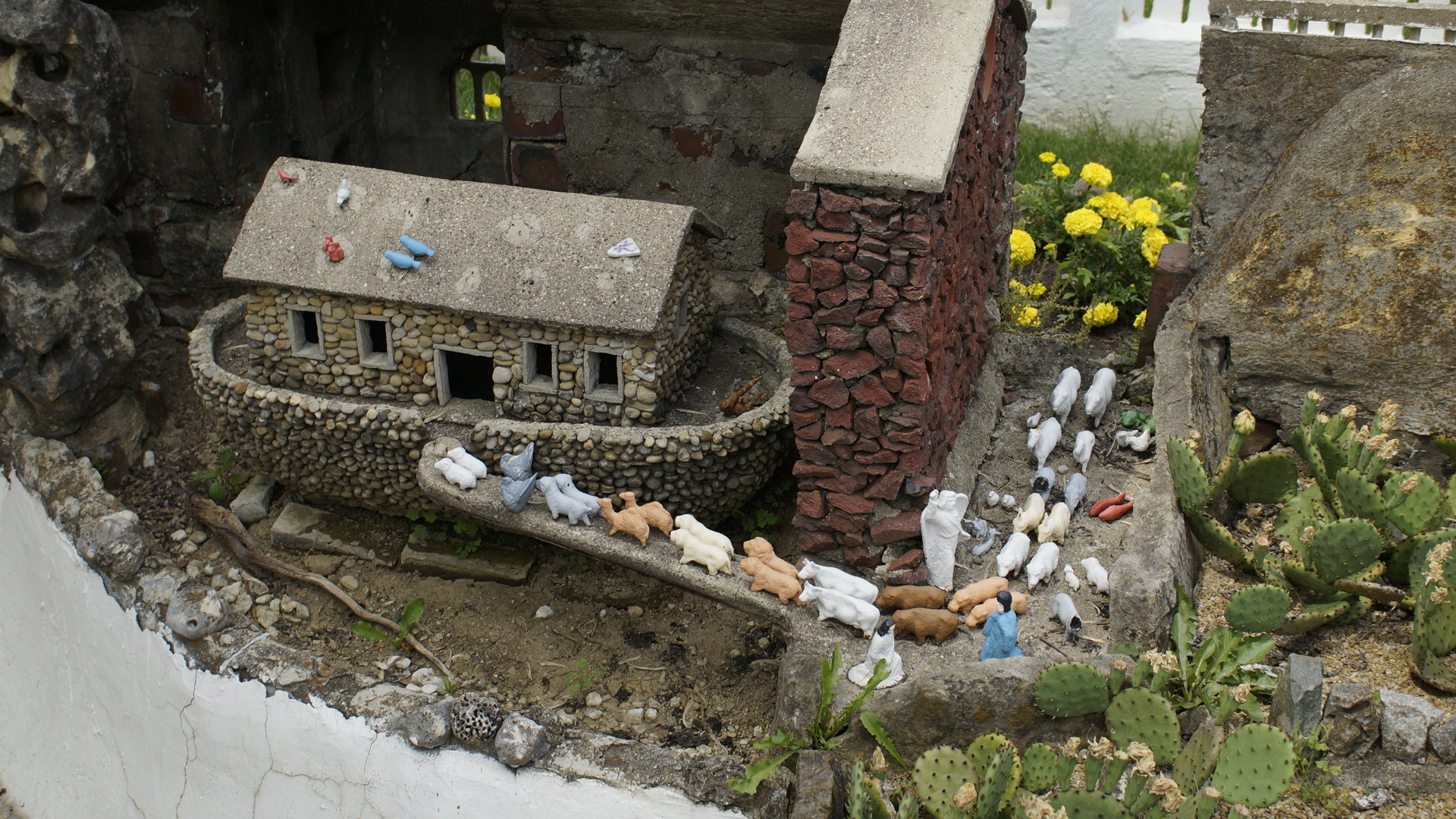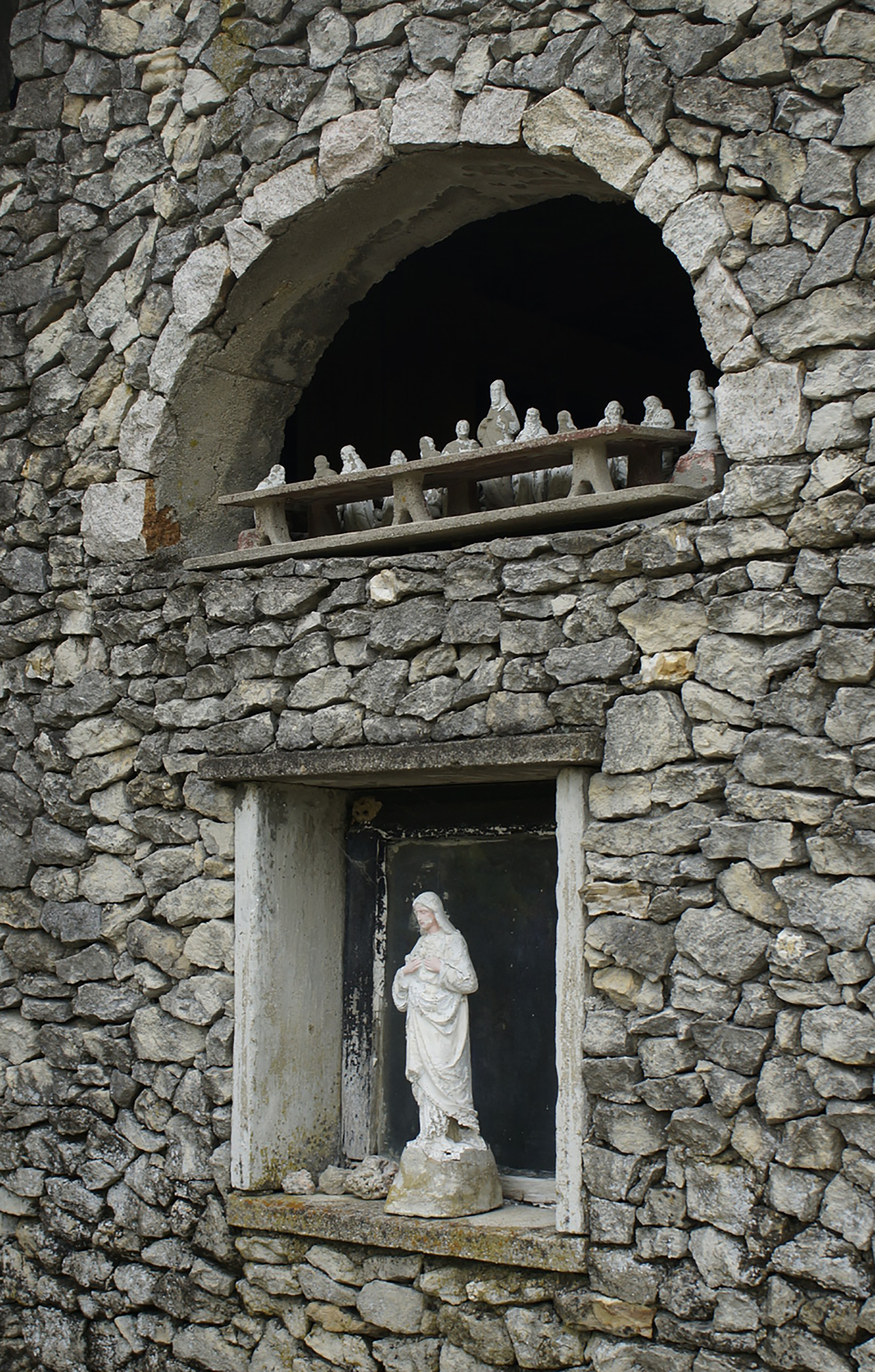On the American side, Niagara Falls brings in about 9 million visitors each year, according to Western New York Connect. With more than 13 million visitors on the Canadian side, the combined total is roughly 22 million yearly visitors. The park offers a great deal: one-of-a-kind scenery, live entertainment, walking and hiking paths, boat tours, and more.
The area around Niagara Falls has a rich history, from the beginning of America to the industrial revolution. The Erie Canal, the first canal in the United States to be constructed with public financing, runs nearby, connecting the Great Lakes to the Atlantic Ocean. Niagara Falls was the site where Nikola Tesla and Westinghouse Corporation in 1895 built and installed the first-ever alternating current hydroelectric generator.
“We have many a monument of past ages; we have the palaces and pyramids, the temples of the Greek and the cathedrals of Christendom. In them is exemplified the power of men, the greatness of nations, the love of art and religious devotion. But the monument at Niagara has something of its own, more in accord with our present thoughts and tendencies. It is a monument worthy of our scientific age, a true monument of enlightenment and of peace. It signifies the subjugation of natural forces to the service of man, the discontinuance of barbarous methods, the relieving of millions from want and suffering.”
—Nikola Tesla
Depending on how you travel to the falls, you might cross a small bridge from which you can see Bridal Veil Falls and American Falls. When you arrive at the main entrance, a short walk will take you to the highlight, Horseshoe Falls, and as you approach, you’ll begin to feel the mist created by the tremendous volume of water flowing over the precipice. On sunny days, you can always see rainbows there.
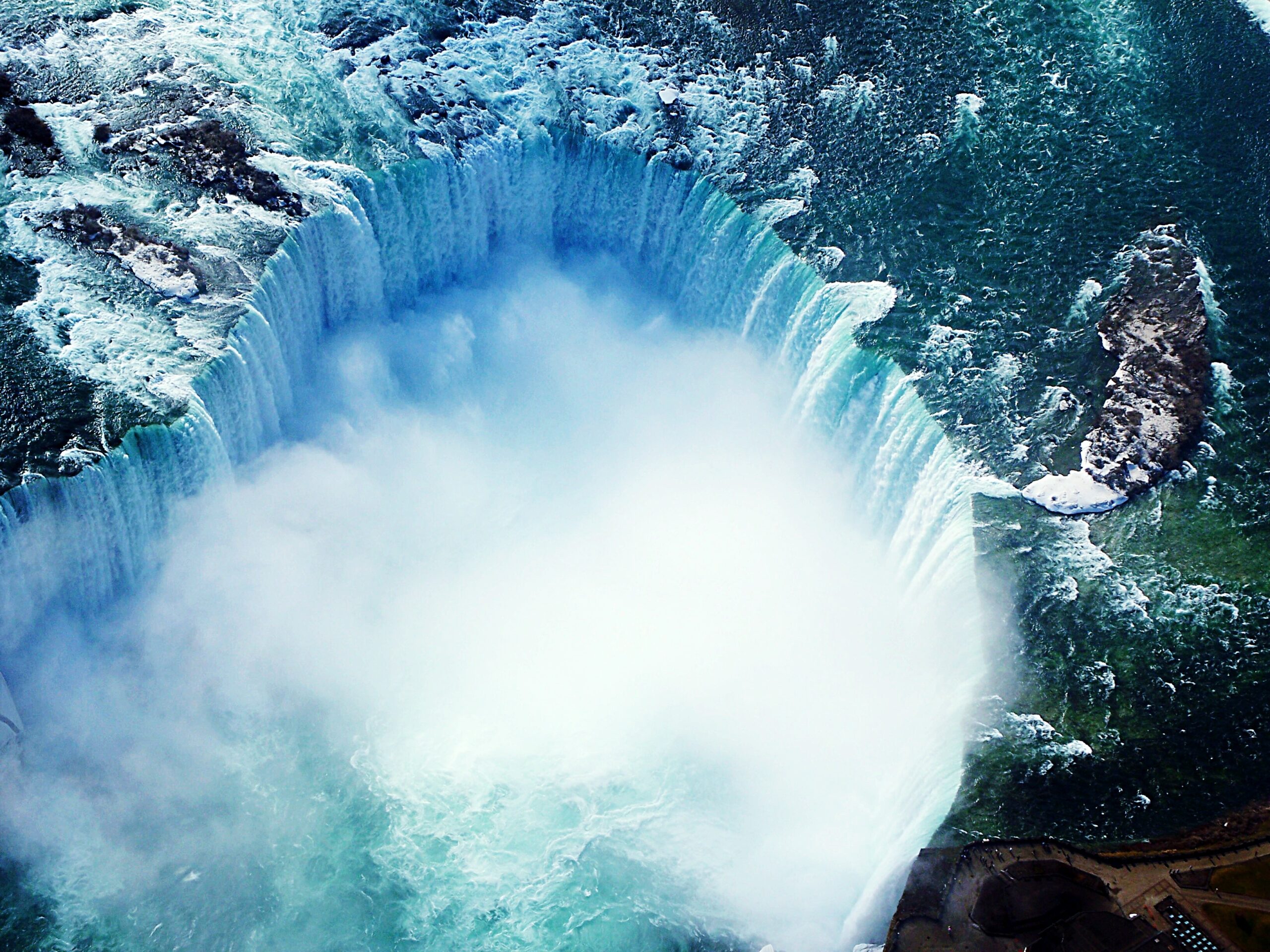
Geography
What we know today as Niagara Falls was formed by receding glaciers more than 16,000 years ago. Before that, ice sheets almost two miles thick covered the Niagara region. These glaciers carved out the Great Lakes and the area of the three waterfalls. Erosion over the past 12,000 years pushed the falls seven miles downriver, a process that continues at a rate of about one foot per year.
Niagara Falls consists of a group of three waterfalls at the southern end of Niagara Gorge, between the state of New York and the Canadian province of Ontario. The largest of these, Horseshoe Falls, straddles the U.S.-Canada border and is the most powerful waterfall in the United States, followed by American Falls and Bridal Veil Falls, both of which are in U.S. territory.
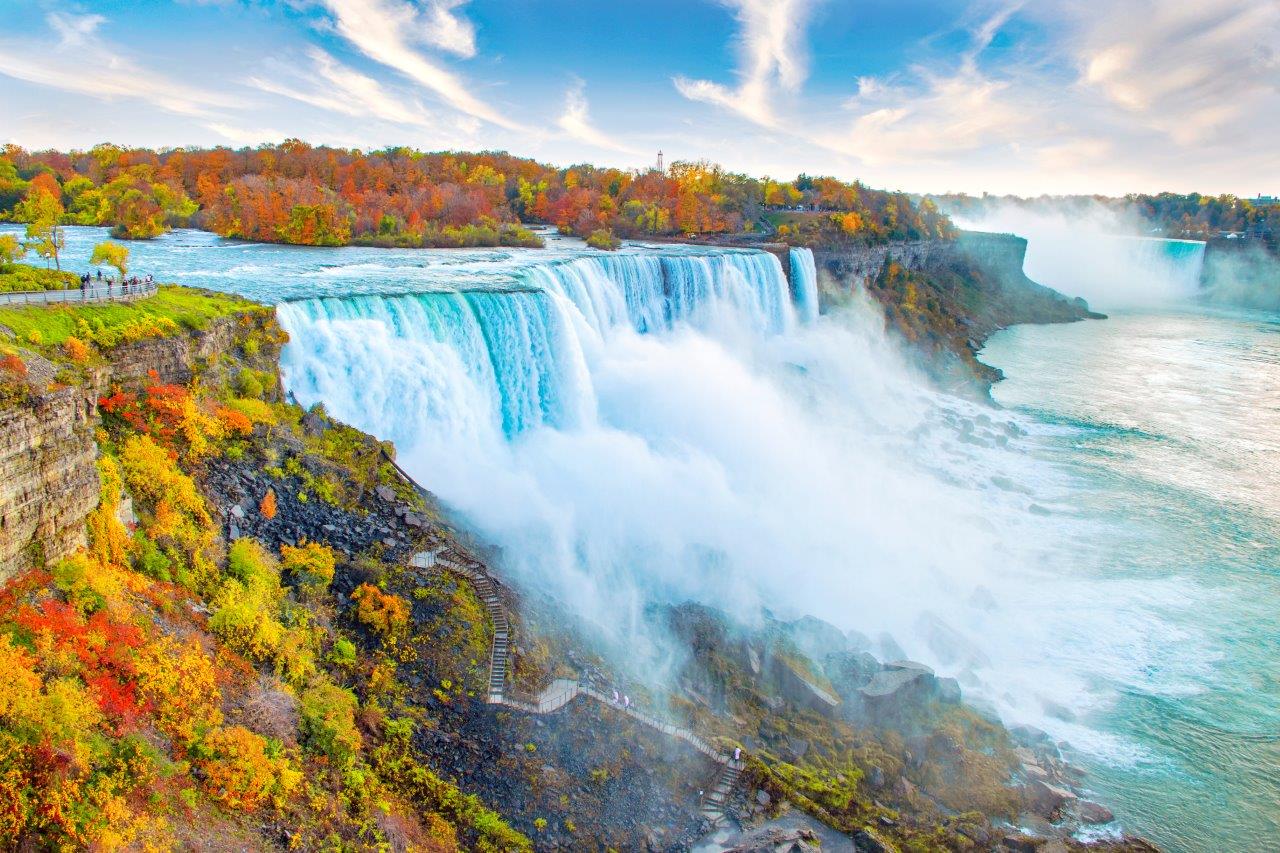
Attractions
One of Niagara Falls State Park’s oldest attractions is the Maid of the Mist boat tour. Originally a border-crossing ferry christened in 1846, the vessel was the primary means of travel between Niagara Falls, New York, and Toronto, Canada. The modern-day tour begins with an elevator ride down the Prospect Point Observation Tower to the boat-loading and launch point. The boat takes riders past American Falls and Bridal Veil Falls before approaching Horseshoe Falls. As the boat nears the waterfall, the roaring sound gets louder, and a spray of mist picks up. The waterfalls have a combined maximum of more than 6 million cubic feet of water per minute flowing over the crest of their 167-foot drop. The boat travels close to the edge for a breathtaking face-to-face with the falls.
The park is open year-round and in addition to its water features, has a variety of attractions throughout the year.
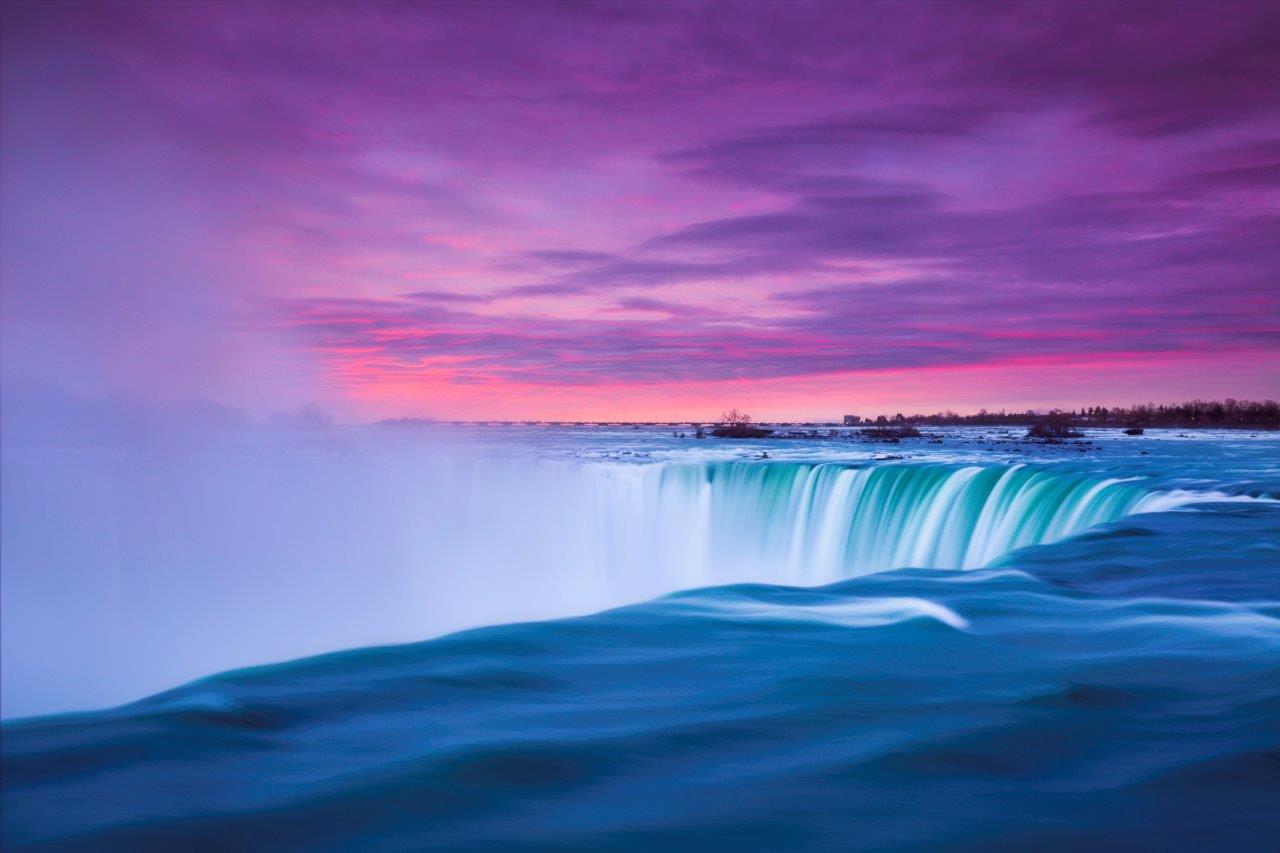
Winter
The falls in winter are a sight to behold. With large swaths of the falls frozen, and the mist freezing on contact with anything near it, the scene becomes a winter wonderland. The falls don’t completely freeze during the winter, however, and visitors are still welcome, weather permitting, to see them shimmering with the mist-formed, fantasy-like glaze coating all around. There are also winter activities, including touring the snow-and-ice-covered Cave of the Winds, and even renting snowshoes to hike the snow-covered trails.
Spring
As soon as the snow melts in the spring, a number of activities open up: golf, fishing, day trips down the historic Erie Canal, visits to Old Fort Niagara, and regular Revolutionary War re-enactments. Goat Island, with almost 20 miles of trails of varying difficulty around the falls, offers strolling and hiking for all ages and skill levels. You can also take the kids to the Niagara Aquarium or embark on the Maid of the Mist boat tour.
Summer
Goat Island is a perfect place for summer picnics, for viewing Bridal Veil Falls or taking the Cave of the Winds tour. You can even zipline down the side of the falls or play a few rounds of golf. There are many other adventures to discover, as well as a casino with live entertainment in the city of Niagara Falls. There are wax museums, walking tours of the historic sites of the area, and jet boat tours on which you can explore Niagara Whirlpool and see other nearby sites.
Autumn
The entire Niagara region lights up as autumn approaches. Surrounded by a state park, Niagara in the autumn is simply beautiful, with burnt-orange, brown, and red spreading in all directions as fall colors take over the area. The man-made Dufferin Islands, abundant with nature trails and quietude, offer enjoyable autumn forest sights, sounds, and smells. A walk to Green Island and Luna Island, which sit between American Falls and Bridal Veil Falls, gives another vantage point of the smaller two waterfalls. Finally, the Rainbow Bridge provides a better view of the whole Niagara Gorge area.
Old Fort Niagara
A highlight of the region is Old Fort Niagara, with a history spanning more than 300 years. Built in 1726, and at various points controlled by the French, British, and American militaries, the fort today is a historic site that offers visitors Revolutionary War re-enactments, educational programs for local students, period-accurate cooking, and demonstrations of life on the frontier.
The re-enactments, which are based on historical documents, are as accurate as possible and involve hundreds of costumed participants, including adolescents playing drums and fifes, and would-be soldiers with cannons and muskets, all across the old battlefield. The galley, blacksmith’s shop, and other parts of the fort, which showcase the manner in which different jobs and tasks were historically carried out, are also open to the public. The barracks, in particular, give a glimpse into the provisions and daily life of the average soldier.
Niagara Falls State Park has something for everyone, at any time of the year. It is rich in history and culture, and there are activities for people of every age and level of ability (many attractions are accessible). There’s plenty to do outside the park as well. The Niagara area undoubtedly makes for a fun and memorable visit.

